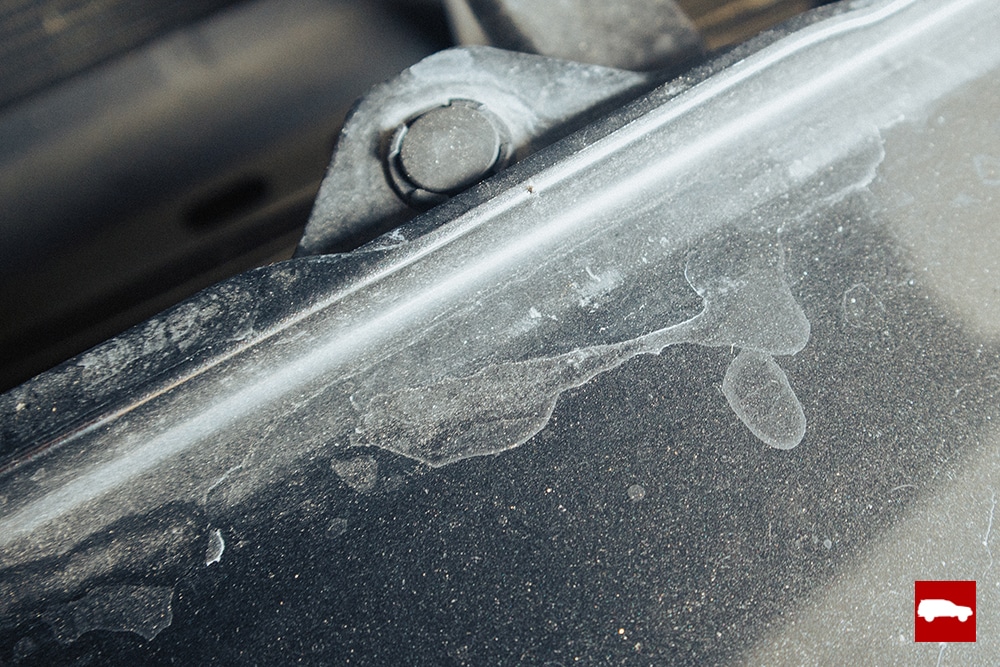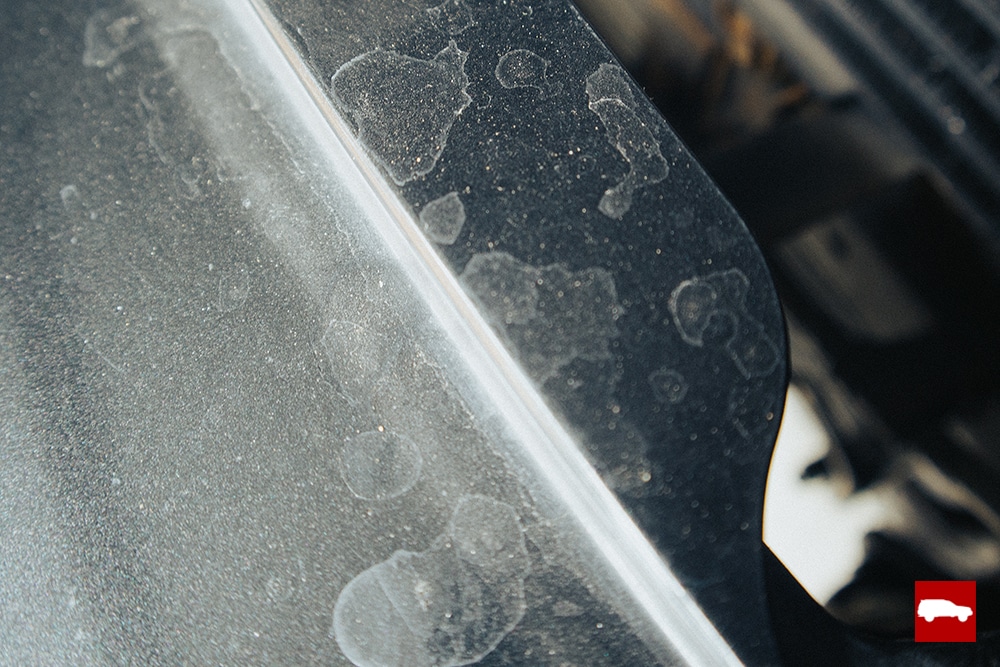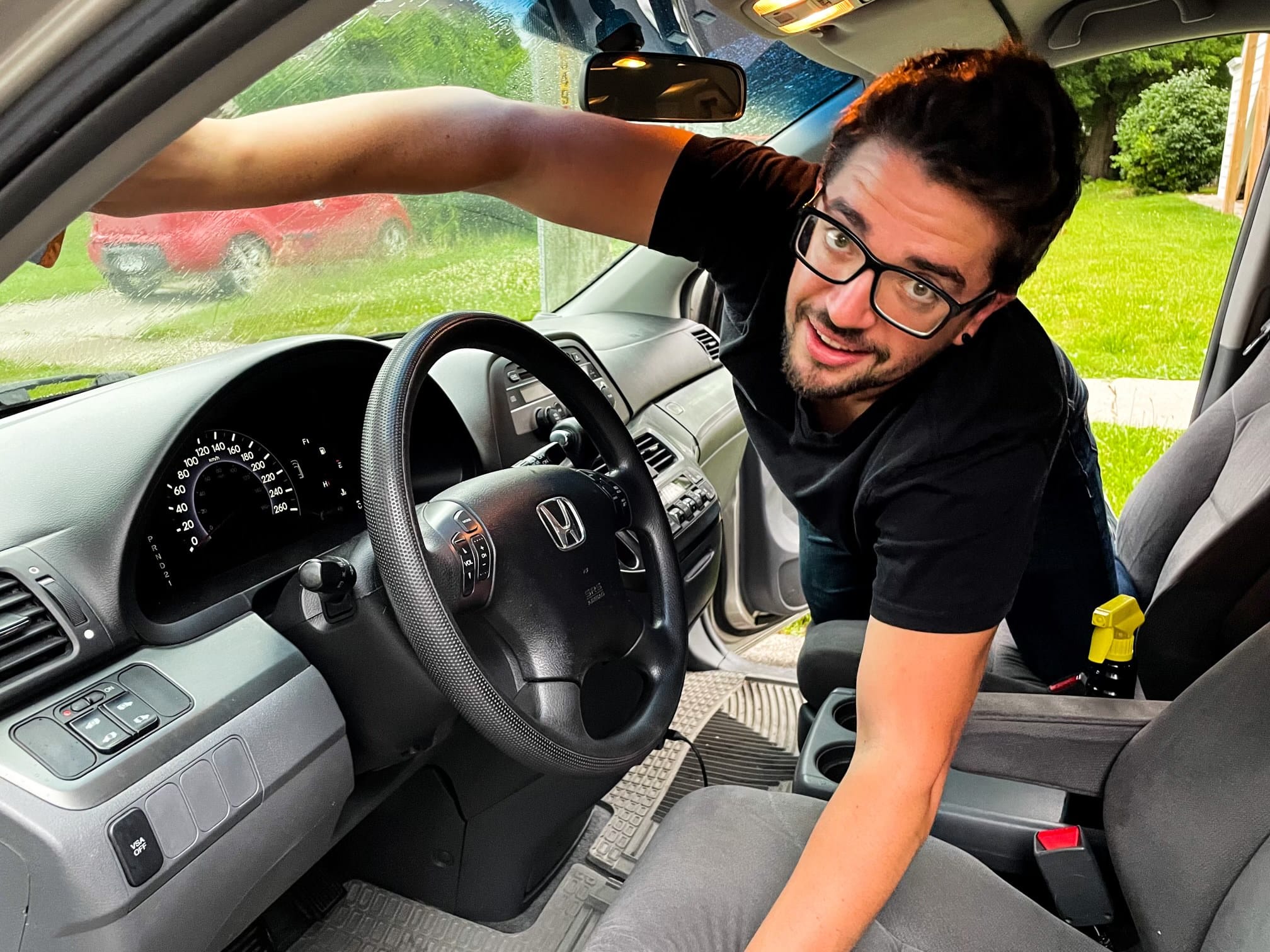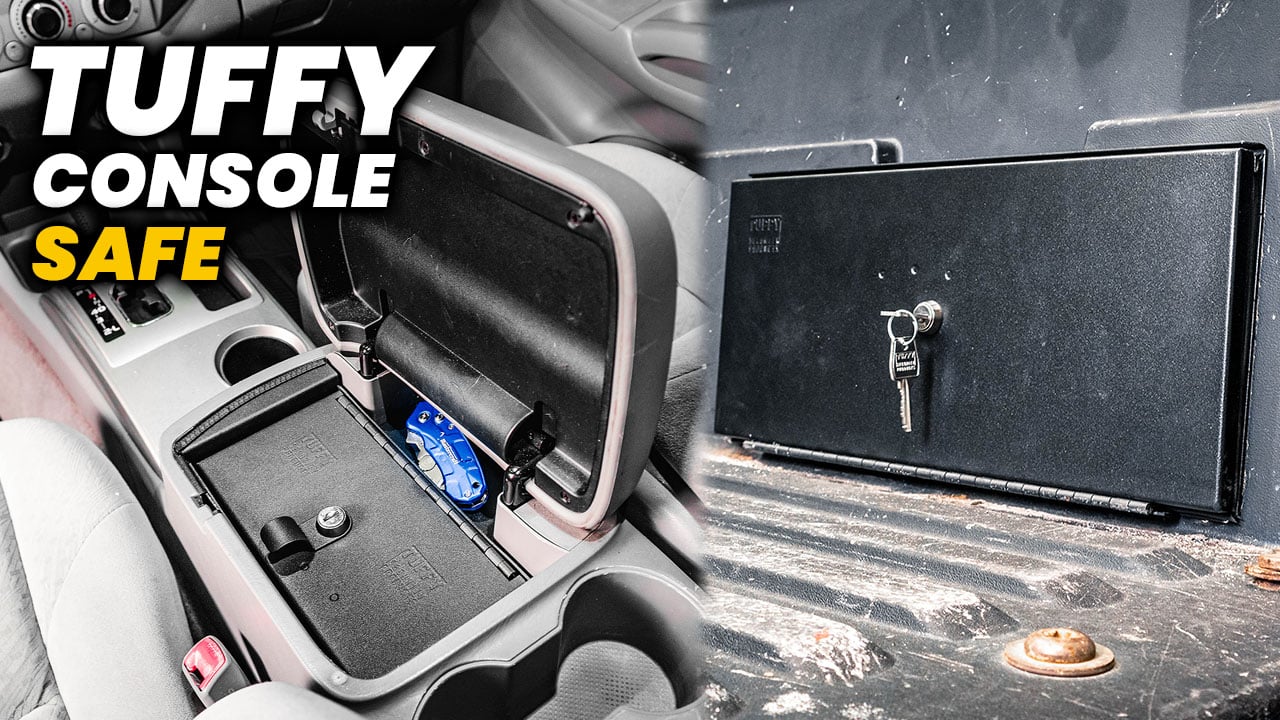While the automotive detailing craft comes with a portfolio of challenges and frustrations, perhaps none are as common and frustrating as water spots. They so easily appear on our vehicles and those of our clients. Why are they so prevalent? What is the safest and easiest way to remove them? How can we prevent them from building up on our cars?
These are the questions I asked myself when I first became a car owner and dove into the rabbit hole that is automotive detailing. I’ve tried it all: “cleaning waxes”, polishing, and wet sanding. I’m going to share what I’ve learned from trial and error over the last ten years and what I’ve learned from the many professionals who have generously shared their knowledge.
It doesn’t matter if you’re brand new to detailing or you’ve been doing it for a while, we’ve all had the misfortune of being bested by a simple water spot. Instead of throwing your hands up the next time you face off with this nemesis, you’ll have the upper hand and come out of the battle victorious without even so much as a flesh wound.

What are water spots and what causes them?
Water spots look like stains or dirty spots in the shape of water droplets. They can form on paint, chrome, glass, and even glossy plastic trim. Not only can you see them, but you can also feel them. They take away from the smoothness of your paint and dull the surface, making your car look dirty even after a thorough wash.
Water spots are caused by mineral deposits in the water that has been allowed to dry on the paint. Water is often referred to as being hard if it has a high mineral content. The common minerals in hard water are calcium and magnesium.
Minerals accumulate on the outer edge of a water droplet on your vehicle’s paint. As the outer edge of the droplet is heated up and evaporated, the water from the center of the droplet moves toward the outside edge in order to keep the contact angle the same, bringing the minerals from the center toward the outer edge.
Once the water droplet has been completely evaporated the UV rays from the sun then cause that mineral deposit to chemically bond with the paint.
Not only are water spots unsightly, but they can also cause severe damage to your vehicle’s clear coat. If not taken care of promptly these mineral deposits will etch into the clear coat causing permanent damage to the vehicle’s paint.
How to remove water spots from your paint
The longer a water spot is allowed to dwell on a painted surface the harder it will be to remove. This is the most important single piece of information to remember when you’re working on water spot removal.
Step 1: Wash the car thoroughly
The first step to water spot removal is similar to most projects in the detailing world – give the car a thorough wash. Move your car into a cool shaded spot well in advance to allow the paint to cool and contract. We want to avoid shocking the paint as much as possible in order to give ourselves the best chance at successfully removing the water spots.
Step 2: Decontaminate the paint
Once the car is washed we’ll need to perform a paint decontamination. This can be done one of two ways – or a combination of the two. The first option is to use a clay bar or clay towel to mechanically decontaminate the paint after the car has been washed, but before it’s been dried off.
The second option is called chemical decontamination. With this method, you’ll be foaming your paint with a decon soap or spraying the vehicle with your favorite iron and fallout remover.
To be sure you’re getting as much contamination out of your paint as possible, combine these two methods by first performing a decon wash then following that up with a mechanical decontamination.
Some detailers recommend using deionized water when performing a decontamination. Since deionized water doesn’t have the minerals that hard water has, the deionized water will be attracted to the minerals on your car’s paint and pull them off the surface as it runs off the car, thus making it a more effective tool than water straight from the tap.
Step 3: Use a water spot removal product
Once the paint has been decontaminated we can move on to the task at hand – removing the water spots.
This is where many people will tell you to break out the polisher, wool cutting pads, and compounds and if that doesn’t work step up to wet sanding to really go after the pesky ones. I too once thought this was the way to go about removing those stubborn water spots.
In all reality, this won’t fix the issue (you know this if you’ve ever tried this method). It may look great for a few days after all your hard work. After a few days though, the paint will go through heating and cooling cycles, expanding and contracting as it does and the water spots will return, causing me, I mean you, to lose your sanity.
This isn’t to say we won’t be utilizing compounds and polishes and even wet sanding in some cases, but those methods don’t remove the minerals, they only fix the damage caused by the minerals.
By going straight to paint correction after the decontamination we are actually causing more damage. This is because as we polish the paint, it expands… “swallowing” the minerals only for them to come back up to the surface a few days later.
To properly address water spots we need to use a water spot remover like Spotless 2.0 from CarPro or something similar like Gtechniq W9. Spray your spot remover on the cool, dry paint and allow it to dwell for the recommended time. Spotless 2.0 has a 30-60 dwell time and should not be allowed to stay on the surface for more than 2 minutes, but every product is slightly different.

Can you remove water spots with vinegar?
Now you might be wondering if you can remove water spots with household vinegar from your pantry. Is this myth true or is it an “oxidant” waiting to happen? If I use vinegar, will it put me in a detailing pickle?
While many claim a mixture of water and vinegar can remove water spots, and you may even achieve some surprising results, I’d rather save the vinegar for my fries. Unlike vinegar, a spot remover that is designed to be used on a vehicle’s delicate surfaces won’t interfere with your ceramic coating’s characteristics.
Step 4: Polish the paint
After you’ve removed the water spots you may find that the paint has been slightly pitted by the minerals. This is due to the fact that the calcium and magnesium have actually etched into the clear coat slightly.
Many of my clients wouldn’t be bothered by this and just be happy I was able to fix their paint without doing a costly paint correction. You might fall into this camp, or you might want to get that last 10% out of the job. If that’s the case download a good playlist or podcast and block off the rest of the afternoon. Happy polishing!

How to prevent water spots in the first place
The age-old adage “An ounce of prevention is worth a pound of cure” should be the mantra of every detailer and automotive enthusiast. Just like an oil change is more cost-effective than an engine rebuild, preventing water spots can save you a lot of time, money, and frustration.
If you follow Canadian Gearhead closely you’ll know how much Tim and I like our coatings, so you shouldn’t be surprised when I say one of the most effective prevention for water spots is paint protection. Coatings are durable, cost effective, and low maintenance so of course I’m going to suggest that route.
If you want to flex on us go ahead and get PPF installed first – after all, your paint can’t get water spots if water can’t touch it in the first place!
If ceramic coatings aren’t your thing, you can still prevent water spots effectively. Waxes and paint sealants are still highly effective methods of protection. The main difference is the amount of maintenance involved. Check out our other article about the differences between waxes, sealants, and coatings for more info.

Creating a slick boundary layer between the paint and the water coming into contact with it is paramount to prevention. Water shedding prevents water from staying on the paint long enough to evaporate.
Simply adding a coating or other liquid protection however, isn’t 100% effective at preventing water spots from forming. If your vehicle is allowed to sit in direct sunlight with water drops sitting on the paint, water spots will still be allowed to form. Getting water off your vehicle is the only way to ensure water spots don’t have a chance to form and damage the clear coat.
Some of the best tips for preventing water spots are so simple you’ll question why I even mention them, however the most basic things are often the most overlooked. When possible, park your vehicle indoors, especially overnight. Even if it doesn’t rain, you might come out in the morning to find your car covered in dew. Dew is still water and will definitely cause water spots.
If you’re reading this article I’m going to take the liberty of assuming you’re almost as crazy as I am. In that case, I know you won’t judge me for this suggestion: Keep a few microfibre towels and a drying aid or waterless wash in your car for those moments when you get caught in a flash rainstorm.

Oftentimes water spots can occur after washing the vehicle. To help prevent your maintenance from contributing to the problem, use deionized water – especially during the final rinse. Since minerals in hard water are the cause of water spots, we can eliminate the issue by removing the minerals from the water before it touches the paint.
If investing in a CR Spotless or similar system isn’t in the cards right now, don’t stress. Most coin-operated car washes have a spot-free rinse available.
You can pick a low peak time, bring all your detailing supplies to the car wash, and spend enough time to do a thorough detail for a few bucks. It would take several hundred washes to outweigh the cost of a pressure washer and spotless water solution for your home.

Conclusion
I know water spots can be maddening and make you feel like you’re chasing your tail at times. If you remember these simple tips and tricks your life will be a lot easier.
Remember to keep your vehicle away from sprinklers and keep it indoors overnight and when it rains. Remove any water that happens to accumulate on your vehicle before it’s given the chance to dry and leave mineral deposits behind.
No matter what your preferred paint protection product make sure you keep up with proper maintenance. This will require more effort on a regular basis if you like to use wax and sealant over coatings. If you notice water spots during your regular maintenance wash be sure to use a water spot remover to prevent the minerals from etching the paint.
Above all though, remember that you won’t be able to keep your car factory fresh no matter what you do, so you might as well get on the open road, row through the gears, and remind yourself of why you love the car that you chose.

Jeremy got his start in the automotive industry in 2012 as a detailer. He also tried sales and a role in the service department at a Chrysler dealership before deciding to become an automotive technician for Volkswagen. Read more about Jeremy:





Leave a Reply